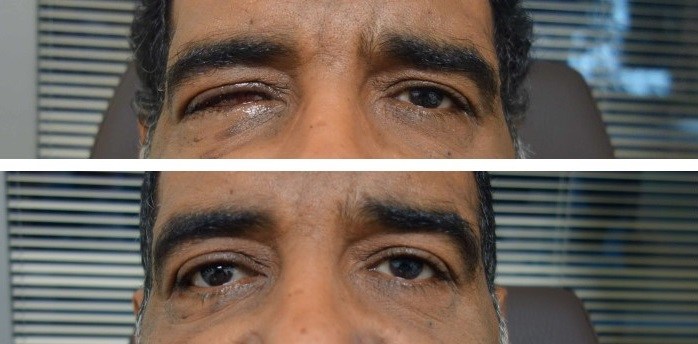
There are certain conditions which result in the eye no longer working (blindness), or causing pain and/or disfigurement because the eyeball has reduced in size, greatly altered or is absent.
The eye socket can be reconstructed with various types of surgery and treatment in order to improve the patient’s cosmetic appearance.
Different techniques can be used to carry out the reconstruction, and these will depend on the patient’s individual circumstances.
Evisceration is the technique normally used in reconstructive surgery for patients with an atrophied eye and to treat blind eyes that cause pain. In evisceration, the eye is emptied of its contents while preserving the most outer part. It is then filled with an implant to give it volume. Keeping the eye muscles in place means that, after the procedure, the implant will still be able to move. Afterwards a cosmetic lens is implanted so that the reconstructed eye looks as much like the other as possible.
Enucleation is currently only performed for patients with eye tumors or severe and very serious inflammation. In this procedure, the eyeball is completely removed and only the eye muscles remain. As with evisceration, an implant is used to give volume, together with a cosmetic lens.
Sometimes patients who were operated on years ago exhibit changes to the tissue of the eye socket which means that they are unable to adapt to the artificial eye (it hurts them, it falls out, it produces discharge or it is does not produce a good aesthetic result). In such cases different types of graft are required to achieve the desired results.
ICR is at the cutting edge in this type of procedure, which includes the use of new pericraneal autografts (grafts from the patient’s own scalp) used in cases of severely shruken eye sockets for which prosthesis cannot be adapted and in cases where the implant does not stay in place.

Contact us or request an appointment with our medical team.